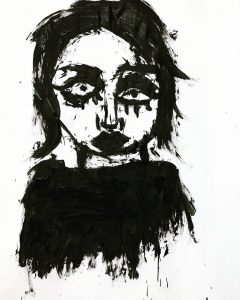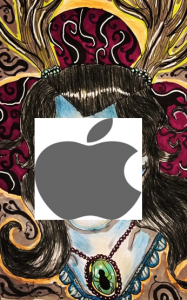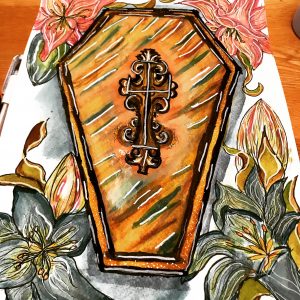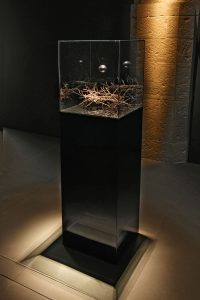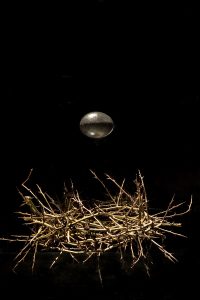‘Witches and Wicked Bodies’ which was created by the National Gallery looks at the portrayal of witches from the Renaissance period, right up to the 21st century. It features continual speculation throughout about why women may have been demonised like this, whether it be for social, economical or religious reasons.
It is noted within the book that, ‘Witches who fly in hordes to attend Sabbaths are seen as being part of a female collectivity or coven that threatens the social order.” (page 57). This quote is prominent because it specifically mentions that females are the ones being accused, and in particular women that are often seen in groups. This stems back very early on to when King James started his crusade against witches and even paid people to hunt the witches. It is even speculated that ‘Macbeth’ by William Shakespeare was commissioned by King James to spread fear of witches.
Throughout the book, the National Gallery have supplied artwork from various artists that depict witches in contrasting lights. For instance, Paula Rego’s “Witches at their Incantations after Salvator Rosa” (1991) was produced very late on, when witchcraft doesn’t really receive the same fear that it did during King James’ reign. It is interesting as Rego’s piece wouldn’t look out of place with Francisco Goya’s paintings on witchcraft.
However, Edward Burra’s “Dancing Skeletons” (1934) is very brightly painted, and thought to represent Mexico’s Day of the Dead festival. Apparently he was very influenced by visits to Spain in the 1930’s and this played a big part on colour combinations and subject matters. Even though the figures in the painting are dancing, in the background you can see 3 people hanging from the gallows and a face in the moon overlooking the entire performance.

